How to break in a mattress − expert tips from mattress testers
I spoke to mattress manufacturers and sleep scientists to learn how to break in a mattress for better sleep on a time crunch


I still remember my first night on my new mattress. After years of sleeping on an old-fashioned innerspring, I switched to a memory foam model. I was so looking forward to the pressure relief and contouring comfort, but I couldn't get used to the lack of bounce.
I wish I'd known how to break in a mattress to help me acclimatize to my new bed. It took a few weeks for my body to get used to the new routine, while the mattress settled into a comfortable and supportive base. If I'd known then what I know, I could have easily sped up the process to get better sleep.
As H&G's specialist sleep writer, I lead a team of expert testers in the search to find the world's best mattress. We assess each mattress against the same criteria: comfort; support; cooling properties; and motion isolation. Since we only get a month or two to test a mattress before we need to write our review, there's no time to waste. We've learned how to break in a mattress to get comfortable, quickly, and we want to share our tips and tricks with you.
How to break in a mattress
I combed through our back catalog of reviews to see what our testers could teach us. I also consulted a panel of mattress manufacturers and sleep scientists to learn how to break in a mattress like the experts. Here's the sum of all our wisdom.
1. Be consistent

According to Martin Seeley, the sleep expert at MattressNextDay.com, breaking in a mattress is 'an essential step towards ensuring your comfort and the longevity of your new mattress. The materials will gradually soften and conform to your body weight and sleep position, providing better support and pressure relief on your joints.'
You can't rush the process of breaking in a mattress. 'Your body needs a chance to get used to a different sleeping surface,' says Martin, 'particularly if it's much firmer or softer than your previous one.'
How long it takes to break in a mattress all depends on the mattress type. Martin says that, 'on average, a latex mattress breaks in quickest, in around four weeks, while a memory foam mattress needs two to four weeks. An innerspring mattress takes roughly four weeks to break in, while a hybrid mattress can take six to eight weeks.'
'Whatever you do, I'd recommend sleeping on your new mattress every night,' says Martin. 'This consistency will help it conform to your body shape and sleep position.' If you've invested in the best mattress for a guest room, Martin recommends that you move out of your master bedroom for a few weeks and start 'sleeping on your spare mattress as often as you can to make it comfortable for future visitors.'
2. Get active
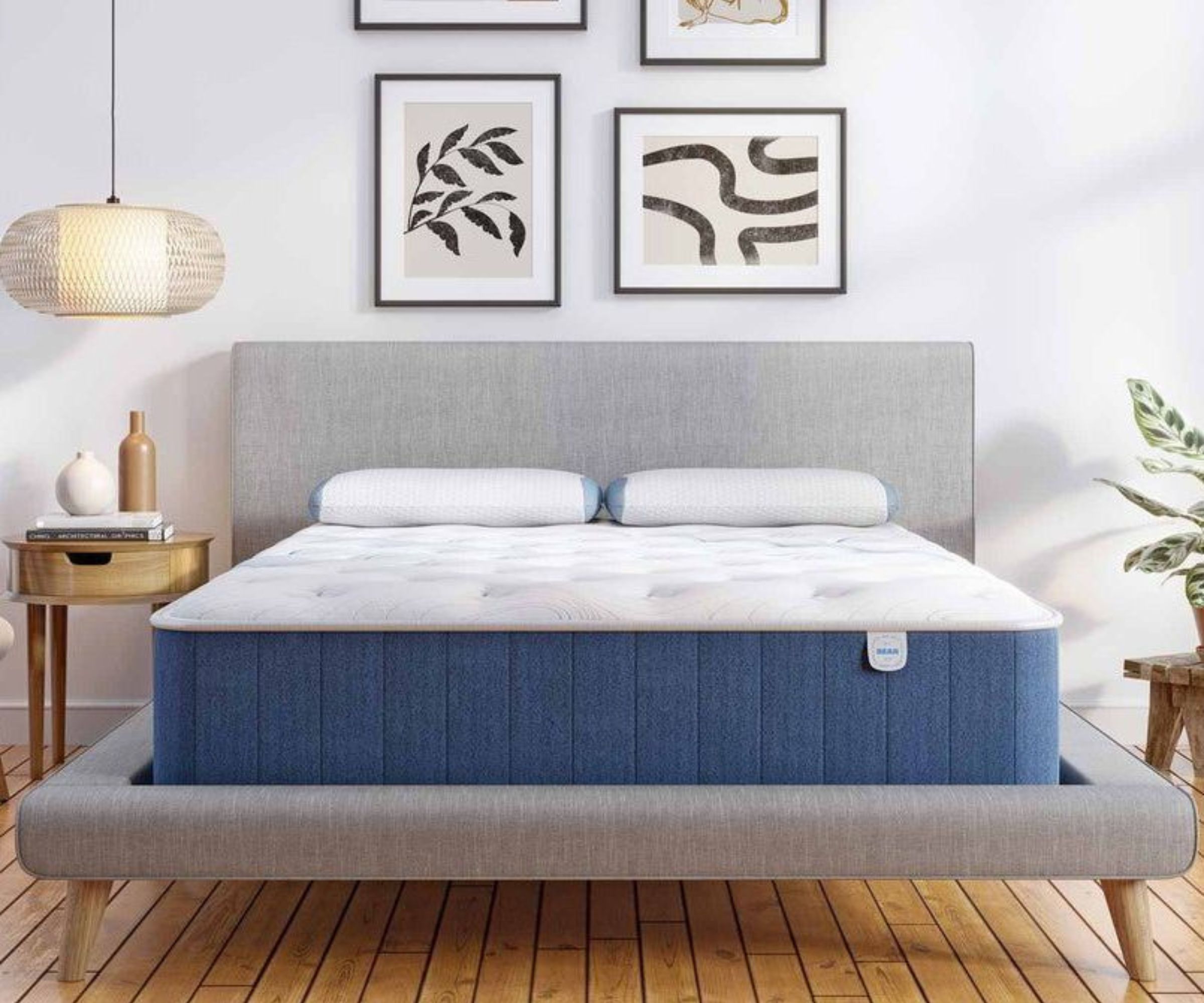
Dr. Daisy Mae, the sleep expert for Get Laid Beds, recommends getting physical with your new mattress to get comfy, quick.
'If you're desperate to sleep on your new mattress as soon as possible, then bring out your inner child,' says Dr. Daisy. 'By walking, rolling, or jumping on the mattress, you're allowing it to loosen up its materials faster, and therefore break in quicker.'
Repeat the process on a daily basis until you start to notice a difference. All it takes is a few minutes in the morning and your mattress should loosen up in no time.
If you've got little ones with excess energy, get them to let off some steam on your new mattress. That's a top tip from one of our expert testers, Alex Frost. Read through any of Alex's mattress reviews and you'll find pictures of her young sons, jumping around on their brand-new bed.
3. Flip it

I asked Chris Tattersall, managing director at Woolroom, how to break in a mattress made from natural fibers. Lined with supportive steel springs, filled with wool fibers, and topped with organic cotton, a Woolroom mattress feels a lot firmer than your average memory foam model. Certainly, our expert tester, Sophie, needed a month or two to get used to the medium-firm feel of the Woolroom Hebridean 3000 Mattress.
Chris advises that sleepers like Sophie 'try turning and rotating your mattress every week for the first 12 weeks, and then every season thereafter. This allows for the natural fillings to essentially settle evenly across the mattress, providing the optimal level of comfort for you and extending the lifespan of your mattress, too.'
Safely flipping a mattress is a two-person operation. If you live alone, or you struggle with mobility, then it's worth asking a friend or family member to come over and help you flip your mattress.
4. Tweak the temperature
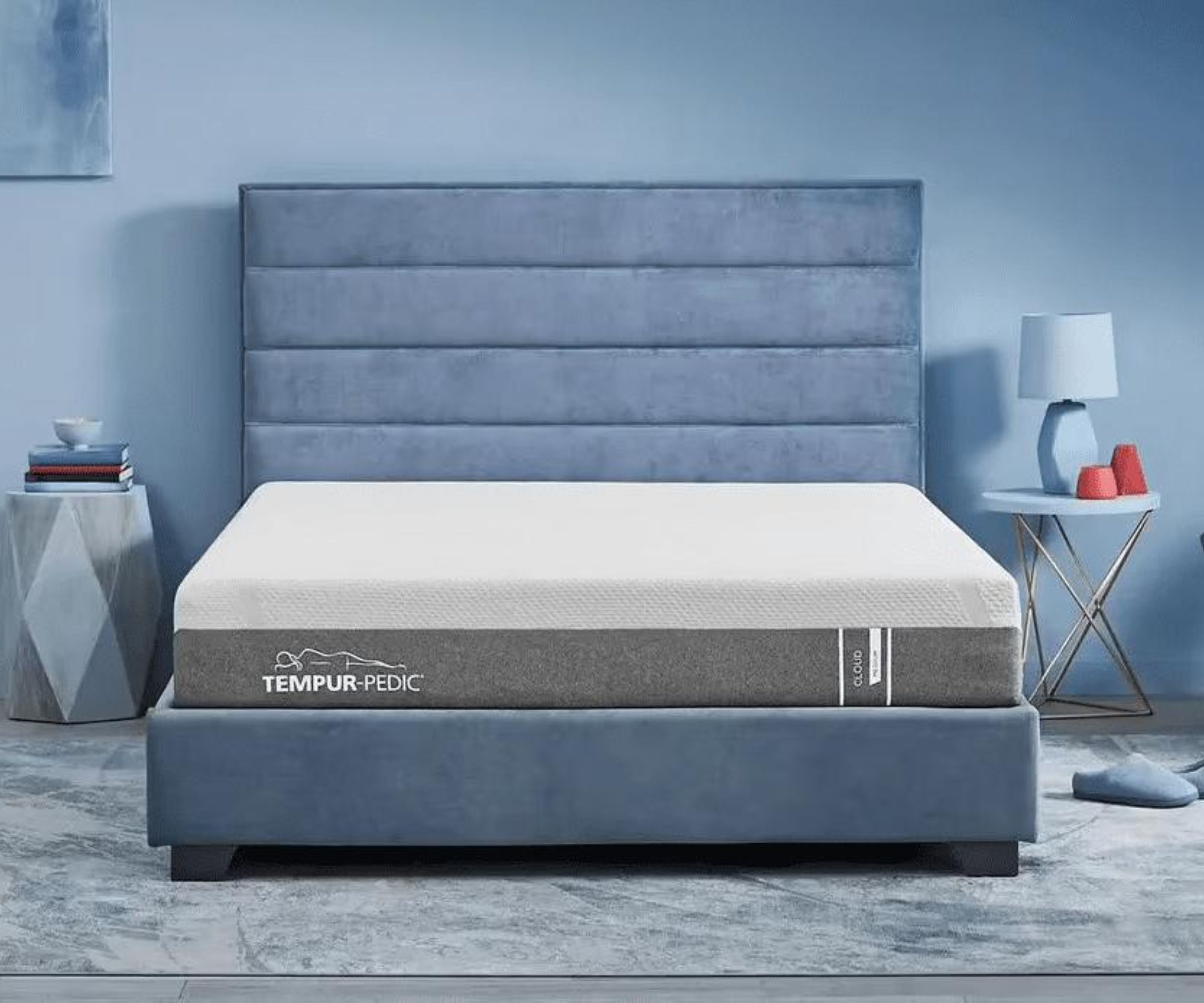
This step is most relevant if you're working with a memory foam mattress or a latex mattress that responds to your body heat. Where a sprung mattress feels the same all year round, a foam mattress is more sensitive to changes in temperature. That's why a foam mattress might feel harder in the winter and softer in the summer.
'If you have a foam mattress, I recommend keeping your bedroom at a moderate temperature of 64 - 72°F, as this should help the foam break in more easily,' advises Martin Seeley. 'When it's time to sleep, I suggest you lower the thermostat again, since most people sleep better in a cooler room.'
5. Let it breathe
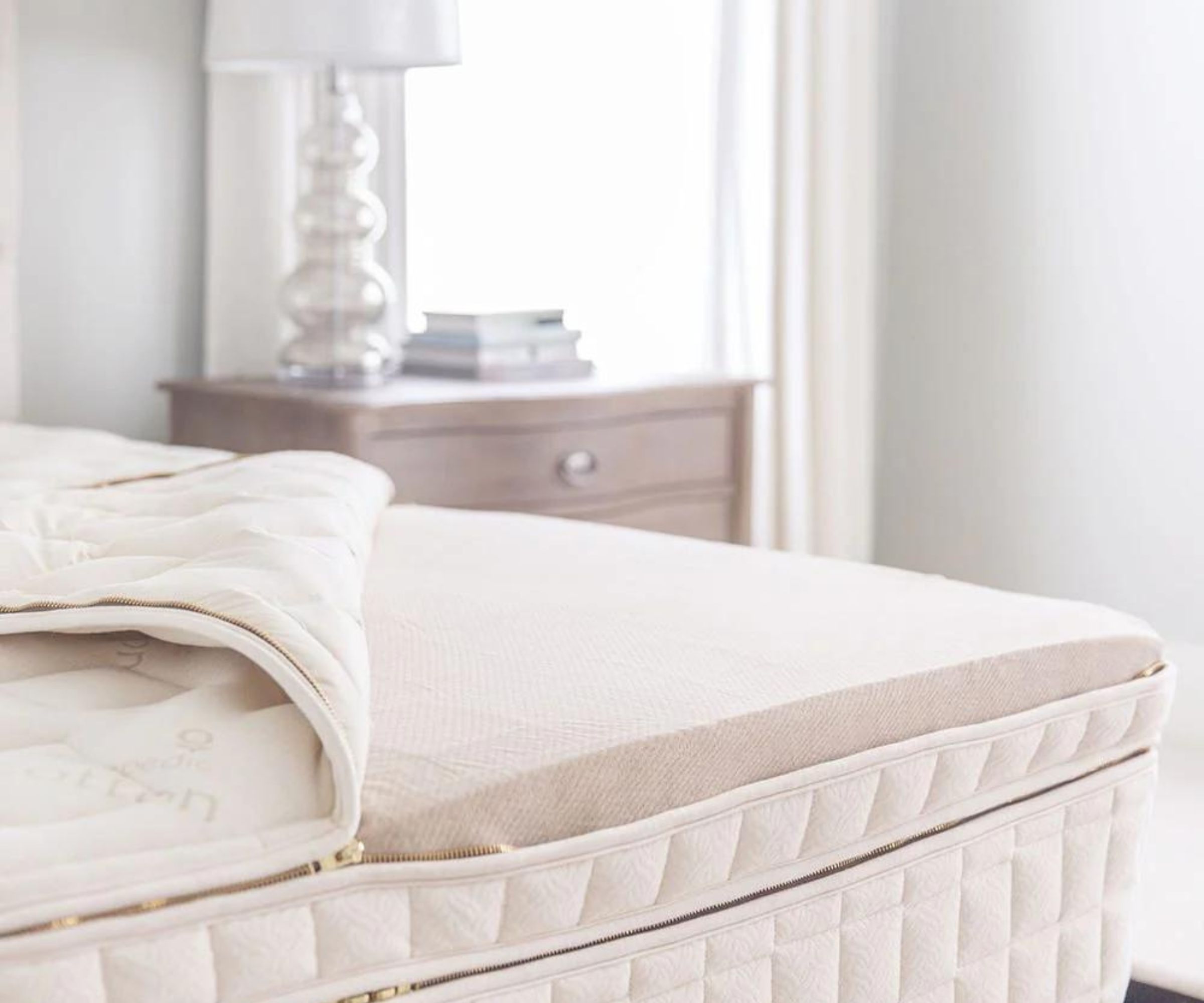
If you're buying a box mattress, which arrives tightly wrapped in plastic and stuffed into a cardboard box, then it's even more important to break in your mattress and let it breathe.
Dr. Daisy Mae encourages mattress shoppers to 'try and unfold your mattress as soon as possible to give it breathing space. Your average box mattress needs 24 hours to inflate to its full height,' though you should always check the instructions from the brand on the box.
As your mattress inflates, you might notice a chemical sort of smell. Try not to worry: that's just the mattress off-gassing as it decompresses. The smell is totally harmless, but it is unpleasant. If you're keen to get rid of it, then you should crack open a window in the bedroom and set your air purifier to run for a few hours.
6. Practice patience

Chris Tattersall says that 'breaking in a mattress is like breaking in a new pair of shoes. It takes a few weeks to get used to the new level of support while the mattress learns to mold to the shape of your body.'
If you've bought a mattress online, then the chances are it comes with a mattress sleep trial, which gives you a few months to test the mattress from the comfort of your own home before you need to commit to your purchase. Even if you experience some initial discomfort, I'd encourage you to wait until the end of your mattress sleep trial before you try to return the mattress. Within a few months, your body should be used to your new mattress and you won't want to sleep on anything else.
FAQs
How do you break in a mattress quickly?
You can speed up the process of breaking in a mattress by carefully applying extra pressure, rolling or walking over the mattress. Otherwise, your mattress should break in naturally over time.
Is it normal not to like your new mattress?
It's totally normal not to like your new mattress, especially if it marks a major departure from your old mattress. When I first started sleeping on memory foam after years of suffering on an old-fashioned innerspring, I couldn't get past the lack of bounce. My mattress felt much firmer than I'd expected, but it soon loosened up over a few weeks of nightly use, and it served me well for years and years.
Final thoughts
Once you've bought a new mattress, and you're trying to break it in, it's important to take good care of it so that you don't spoil your new bed. I suggest you invest in one of the best mattress protectors to guard against sweat, spills, and stains. It's an invaluable bit of bedding, and it shouldn't set you back more than $100.
Sign up to the Homes & Gardens newsletter
Design expertise in your inbox – from inspiring decorating ideas and beautiful celebrity homes to practical gardening advice and shopping round-ups.

Emilia is our resident sleep writer. She spends her days tracking down the lowest prices on the best mattresses and bedding and spends her nights testing them out from the comfort of her own home. Emilia leads a team of testers across America to find the best mattress for every sleep style, body type, and budget.
Emilia's quest to learn how to sleep better takes her all around the world, from the 3Z mattress factory in Glendale, Arizona to the Hästens headquarters in Köping, Sweden. She's interviewed luxury bedding designers at Shleep and Pure Parima, as well as the Design Manager at IKEA. Before she joined Homes & Gardens, Emilia studied English at the University of Oxford.
-
 How to grow impatiens – garden experts reveal the secrets to growing this shade-tolerant, sparkling summer plant
How to grow impatiens – garden experts reveal the secrets to growing this shade-tolerant, sparkling summer plantBoth 'Busy Lizzie' and 'New Guinea' impatiens can thrive in shady yards
By Ellen Wells Published
-
 Charli XCX's dining room is a 'treasure-trove' of one-of-a-kind pieces – it's the most unique hosting space I've ever seen (and surprisingly replicable)
Charli XCX's dining room is a 'treasure-trove' of one-of-a-kind pieces – it's the most unique hosting space I've ever seen (and surprisingly replicable)The singer's Tudor-style dining room features eclectic furnishings, a mix of patterns and bright colors that all work together beautifully
By Hannah Ziegler Published
-
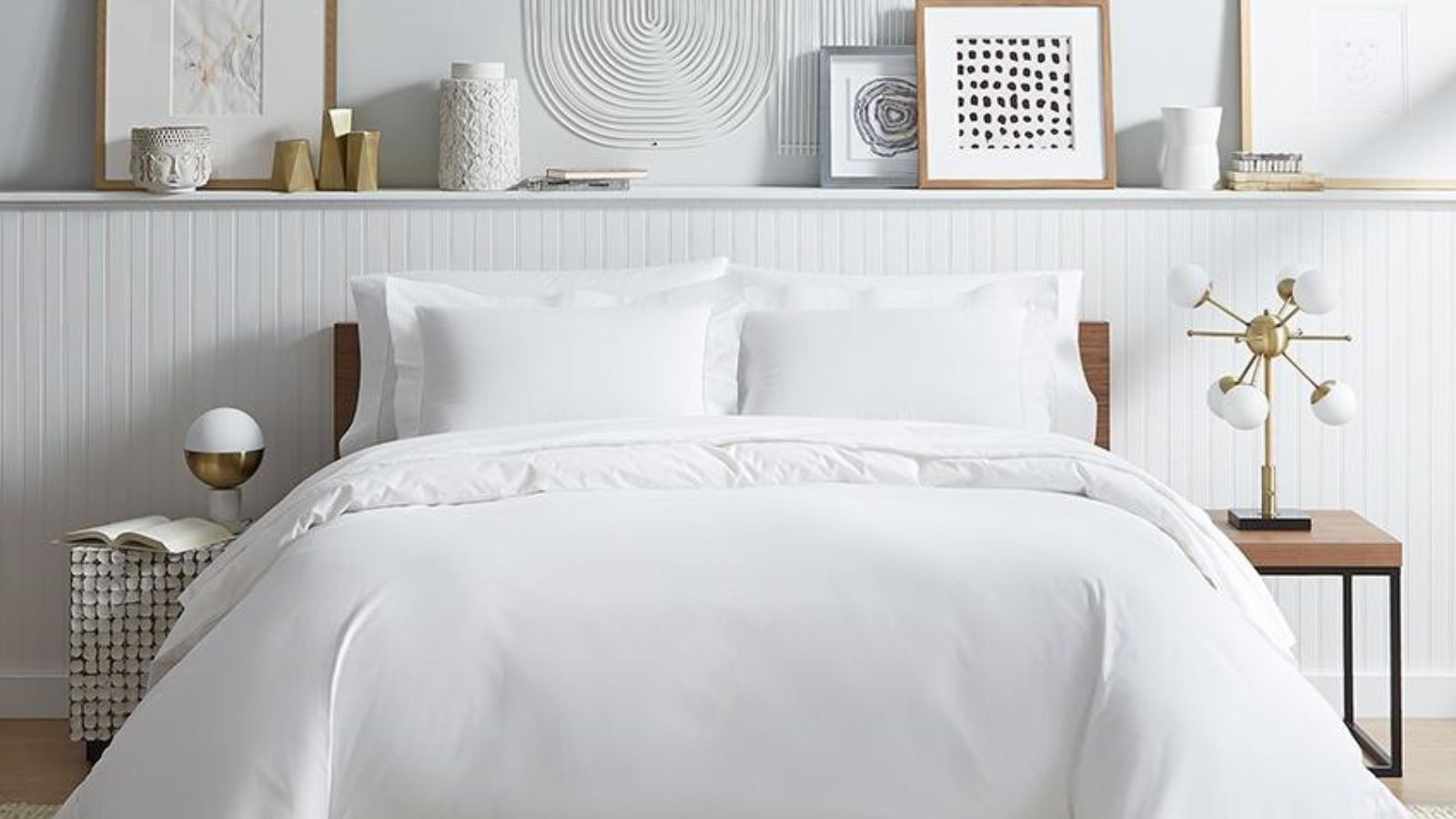 How we test comforters − our expert review process explained
How we test comforters − our expert review process explainedHere's everything you need to know about how we test comforters for comfort, cooling, ease of care, and value for money
By Emilia Hitching Published
-
 Sleep trends to try in 2025 – from sleep divorce to sleep retreats and everything in between
Sleep trends to try in 2025 – from sleep divorce to sleep retreats and everything in betweenI asked an expert panel of product designers, medical professionals, and sleep scientists whether popular and emerging sleep trends really work
By Emilia Hitching Last updated
-
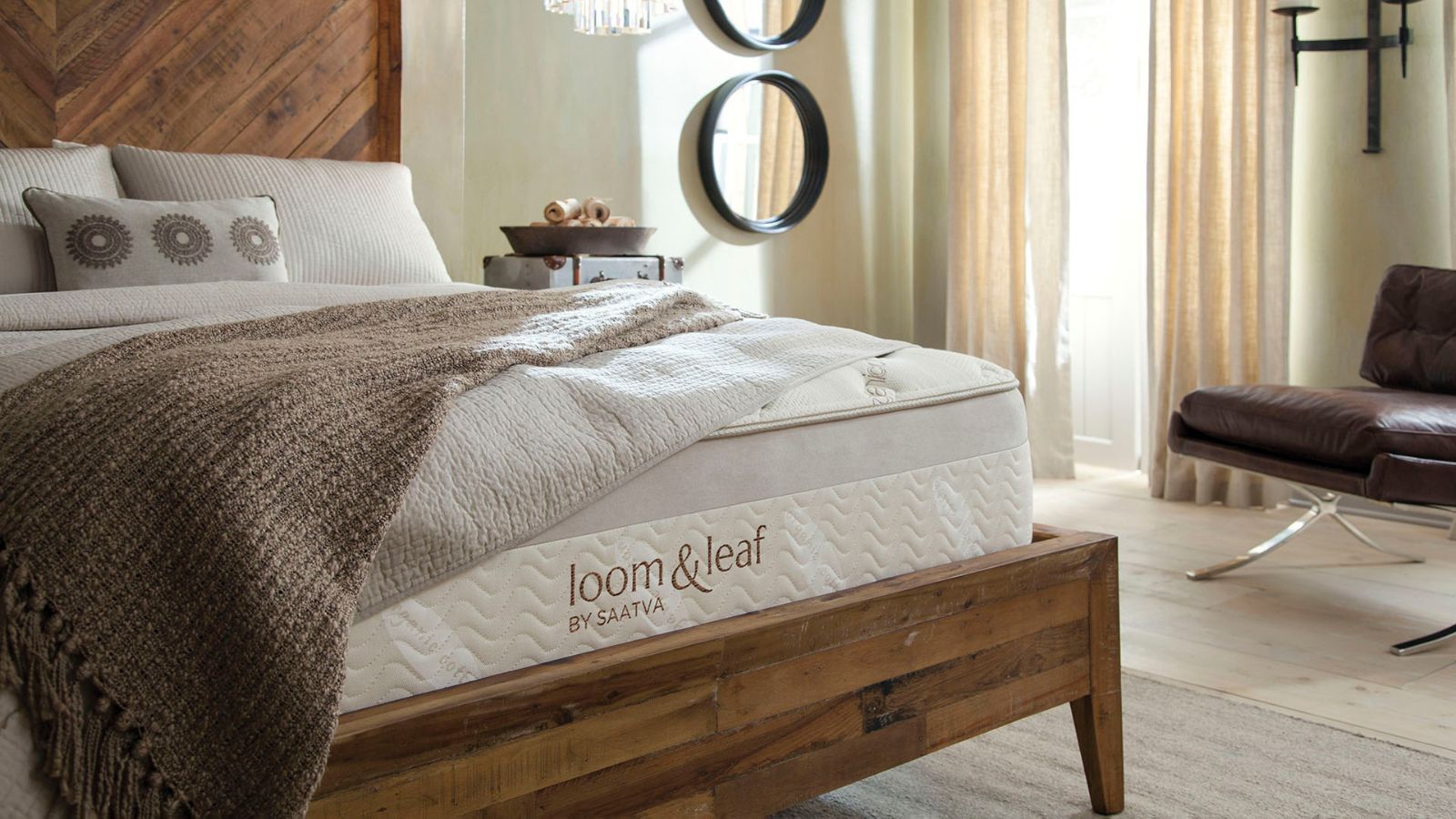 How mattress warranties work – everything you need to know
How mattress warranties work – everything you need to knowI asked a mattress salesman to explain how mattress warranties work, what they do and don't cover and how to file a claim if your bed breaks
By Emilia Hitching Last updated
-
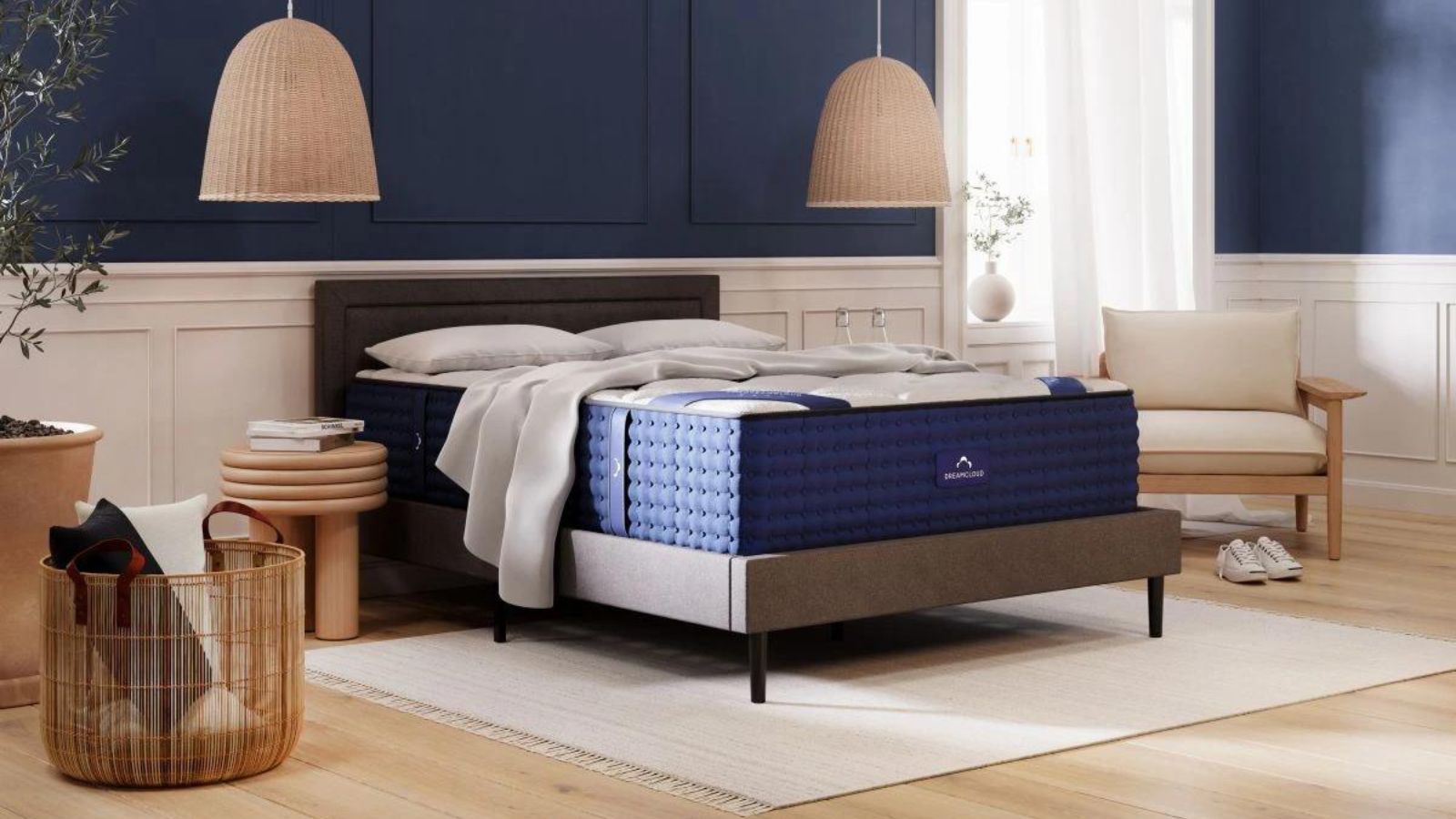 Hybrid vs memory foam − what's the difference and which is best for you?
Hybrid vs memory foam − what's the difference and which is best for you?I set hybrid vs memory foam mattresses head to head to help you decide which mattress type suits your sleep style
By Emilia Hitching Last updated
-
 How to test a mattress − at home or in store
How to test a mattress − at home or in storeI asked mattress manufacturers and certified sleep experts how to test a mattress for the best night's sleep
By Emilia Hitching Last updated
-
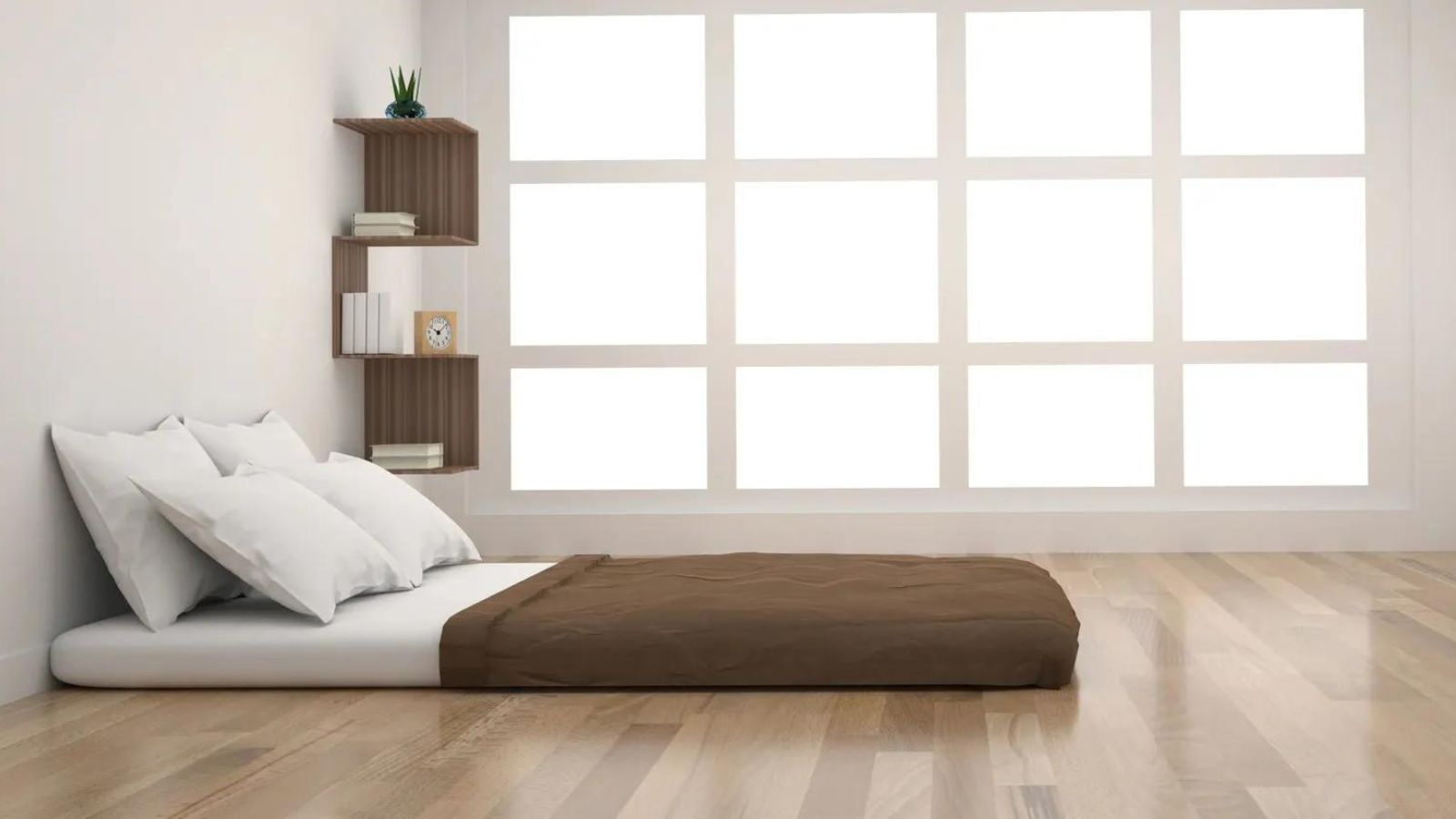 Should you put a mattress directly on the floor? Experts outline the pros and cons
Should you put a mattress directly on the floor? Experts outline the pros and consI spoke to mattress manufacturers and sleep scientists to find out whether it's ever a good idea to put a mattress directly on the floor
By Emilia Hitching Last updated
-
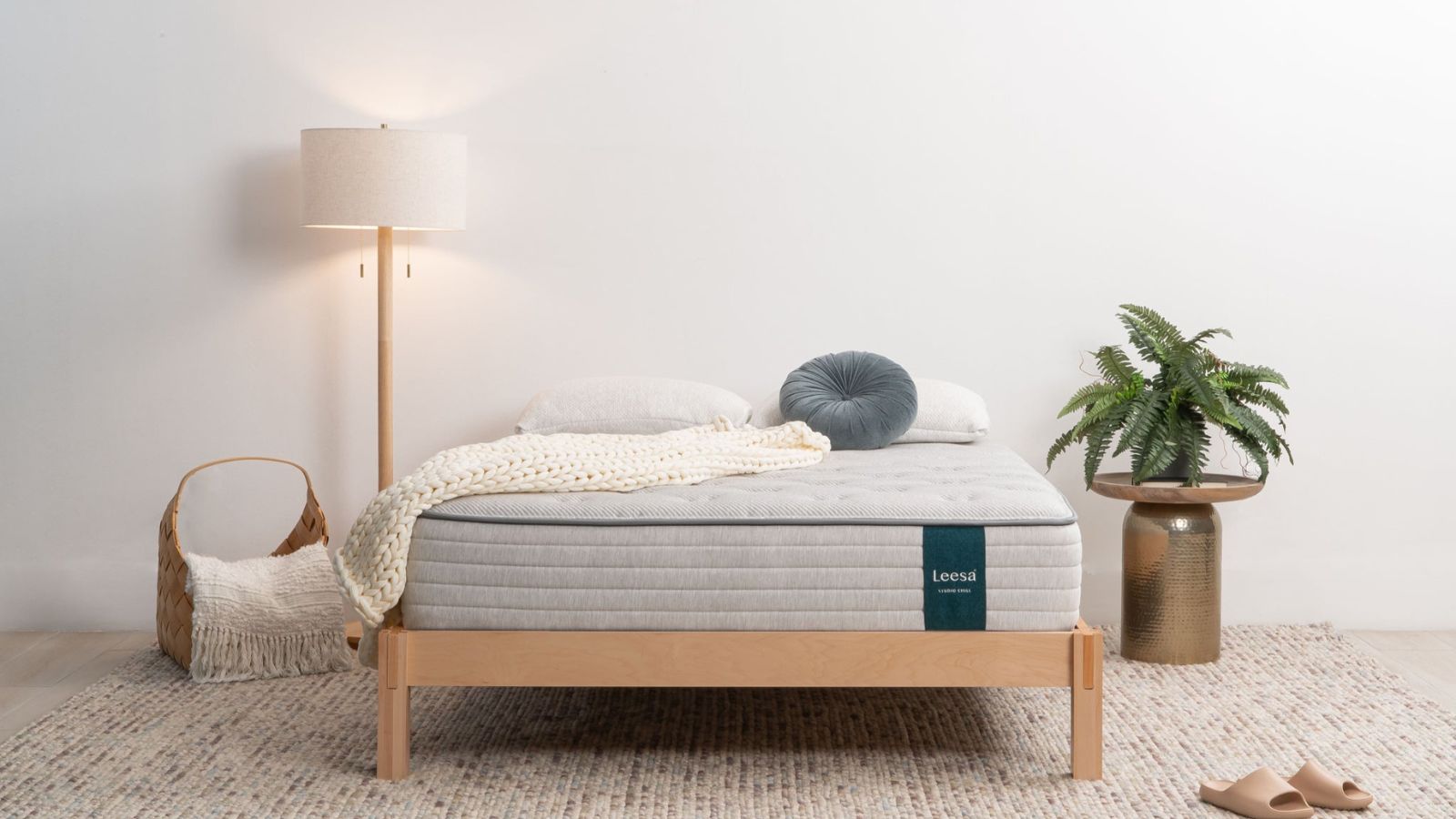 What is the best mattress firmness? How to find your ideal fit and feel
What is the best mattress firmness? How to find your ideal fit and feelI asked physical therapists and sleep scientists to talk me through the pros and cons of mattress firmness ratings for different sleep styles
By Emilia Hitching Last updated
-
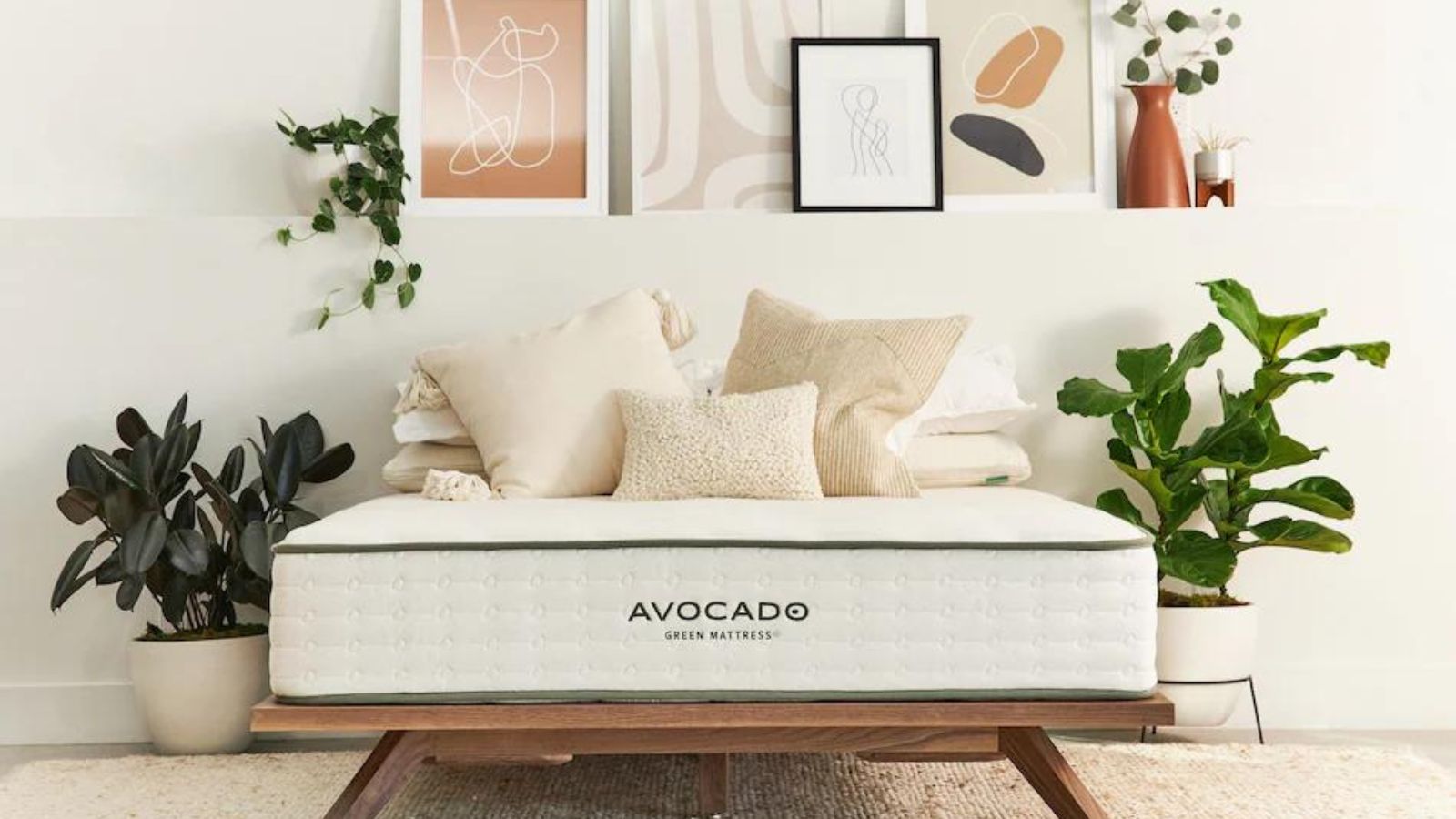 What is a pocket sprung mattress? Your expert guide
What is a pocket sprung mattress? Your expert guideFor responsive support with minimal motion transfer, try a pocket sprung mattress – I've outlined the pros and cons to help you shop smart
By Emilia Hitching Last updated